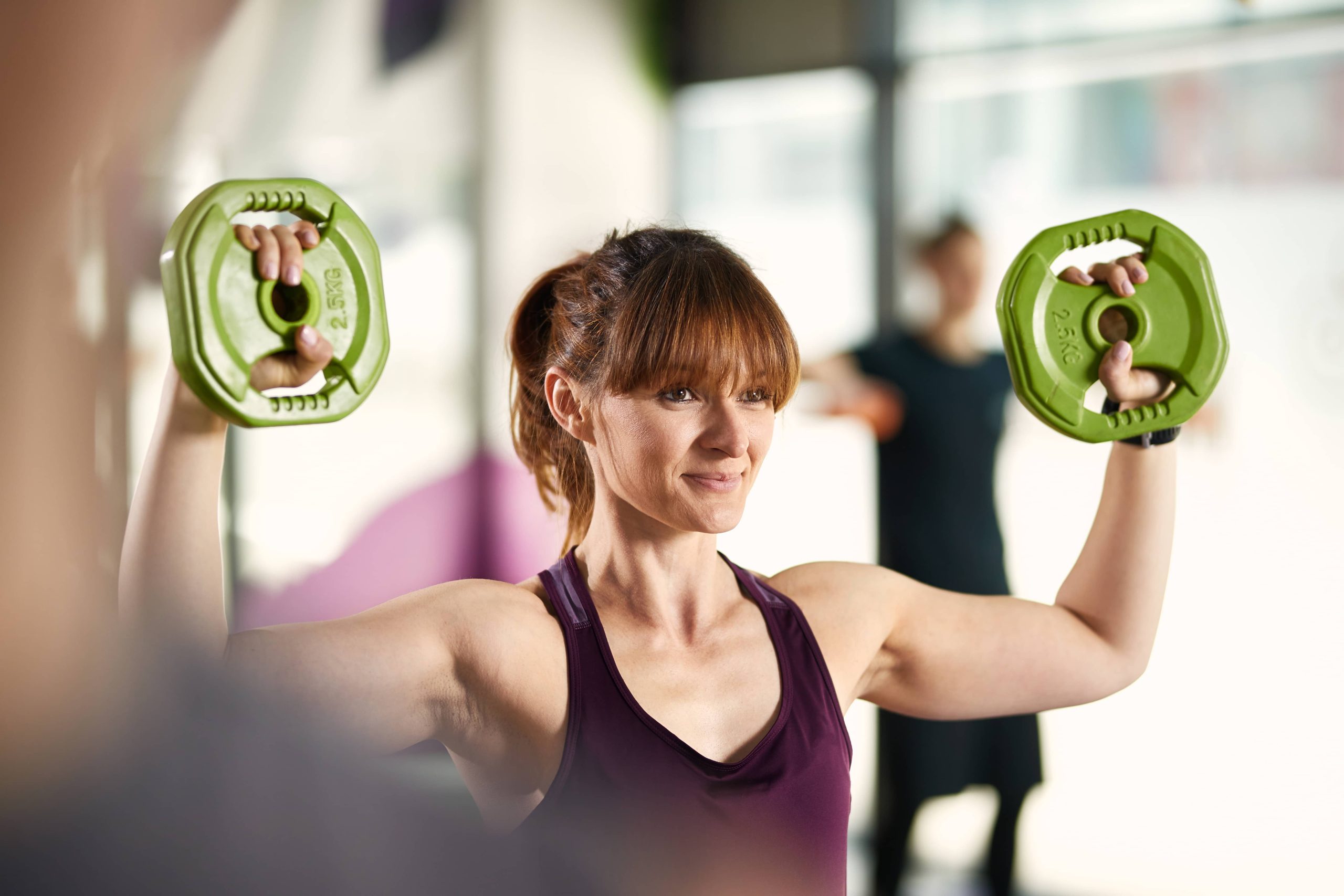
In the world of fitness, enthusiasts and professionals alike are constantly seeking ways to optimize their workouts for maximum efficiency and results. One of the most effective methods that has gained popularity in recent years is High-Intensity Interval Training (HIIT). When combined with weightlifting, HIIT can offer a powerful approach to building strength, enhancing endurance, and burning fat. This blog post will explore the benefits of incorporating HIIT into your weightlifting routine, provide practical tips for implementation, and discuss potential challenges and solutions.
Understanding HIIT
High-Intensity Interval Training is a form of cardiovascular exercise strategy that alternates short periods of intense anaerobic exercise with less intense recovery periods. The idea is to push your body to its limits during the high-intensity phases, followed by a brief rest or low-intensity period. This method is known for its efficiency, allowing individuals to achieve significant fitness gains in a shorter amount of time compared to traditional steady-state cardio.
Benefits of Combining HIIT with Weightlifting
1. Enhanced Fat Loss: HIIT is renowned for its ability to burn calories quickly and efficiently. When combined with weightlifting, it can significantly enhance fat loss. The intense bursts of activity increase your metabolic rate, leading to greater calorie burn even after the workout is over, a phenomenon known as the “afterburn effect” or excess post-exercise oxygen consumption (EPOC).
2. Improved Cardiovascular Health: While weightlifting primarily focuses on building muscle strength, incorporating HIIT can improve cardiovascular health. The high-intensity intervals challenge your heart and lungs, improving their efficiency and endurance over time.
3. Increased Muscle Endurance: HIIT can help improve muscle endurance, allowing you to perform more repetitions or lift heavier weights over time. This is particularly beneficial for weightlifters looking to break through plateaus and achieve new personal records.
4. Time Efficiency: One of the most appealing aspects of HIIT is its time efficiency. A typical HIIT session can be completed in 20-30 minutes, making it an excellent option for those with busy schedules. When combined with weightlifting, you can achieve a comprehensive workout in a relatively short amount of time.
5. Versatility and Variety: Incorporating HIIT into your weightlifting routine adds variety, which can help prevent workout boredom and keep you motivated. The versatility of HIIT allows you to tailor your workouts to your specific goals and preferences.
How to Incorporate HIIT into Your Weightlifting Routine
1. Start with a Warm-Up: Before diving into a HIIT session, it’s crucial to warm up your muscles to prevent injury. Spend 5-10 minutes performing dynamic stretches or light cardio to get your blood flowing.
2. Choose the Right Exercises: When incorporating HIIT into weightlifting, select exercises that target multiple muscle groups and can be performed at a high intensity. Examples include burpees, kettlebell swings, jump squats, and battle ropes.
3. Structure Your Workout: A typical HIIT session involves 20-30 seconds of high-intensity exercise followed by 10-15 seconds of rest or low-intensity activity. You can structure your workout by alternating between weightlifting sets and HIIT intervals. For example, perform a set of squats followed by a 30-second sprint on the treadmill.
4. Monitor Your Intensity: To reap the full benefits of HIIT, it’s essential to maintain a high level of intensity during the work intervals. Use a heart rate monitor to ensure you’re working at 80-90% of your maximum heart rate during these periods.
5. Progress Gradually: If you’re new to HIIT, start with shorter intervals and gradually increase the duration and intensity as your fitness level improves. Listen to your body and avoid pushing yourself too hard, especially in the beginning.
6. Cool Down and Stretch: After completing your HIIT and weightlifting session, take time to cool down and stretch. This helps reduce muscle soreness and improve flexibility.
Potential Challenges and Solutions
1. Risk of Overtraining: Combining HIIT with weightlifting can be demanding on your body, increasing the risk of overtraining. To prevent this, ensure you have adequate rest days and prioritize recovery. Incorporate activities like yoga or light walking on rest days to promote active recovery.
2. Injury Risk: The high-intensity nature of HIIT can increase the risk of injury, especially if exercises are performed with improper form. Focus on maintaining proper technique and consider working with a trainer if you’re unsure about your form.
3. Balancing Intensity and Recovery: Finding the right balance between intensity and recovery is crucial for long-term success. Pay attention to your body’s signals and adjust your workout intensity and frequency accordingly.
4. Plateauing: As with any workout routine, there’s a risk of plateauing if you don’t vary your exercises and intensity. Keep your workouts fresh by regularly changing your HIIT exercises and weightlifting routines.
Conclusion
Incorporating High-Intensity Interval Training into your weightlifting routine can offer numerous benefits, from enhanced fat loss and improved cardiovascular health to increased muscle endurance and time efficiency. By understanding the principles of HIIT and following the tips outlined in this post, you can create a balanced and effective workout regimen that helps you achieve your fitness goals. Remember to listen to your body, prioritize recovery, and enjoy the process of becoming stronger and healthier.
